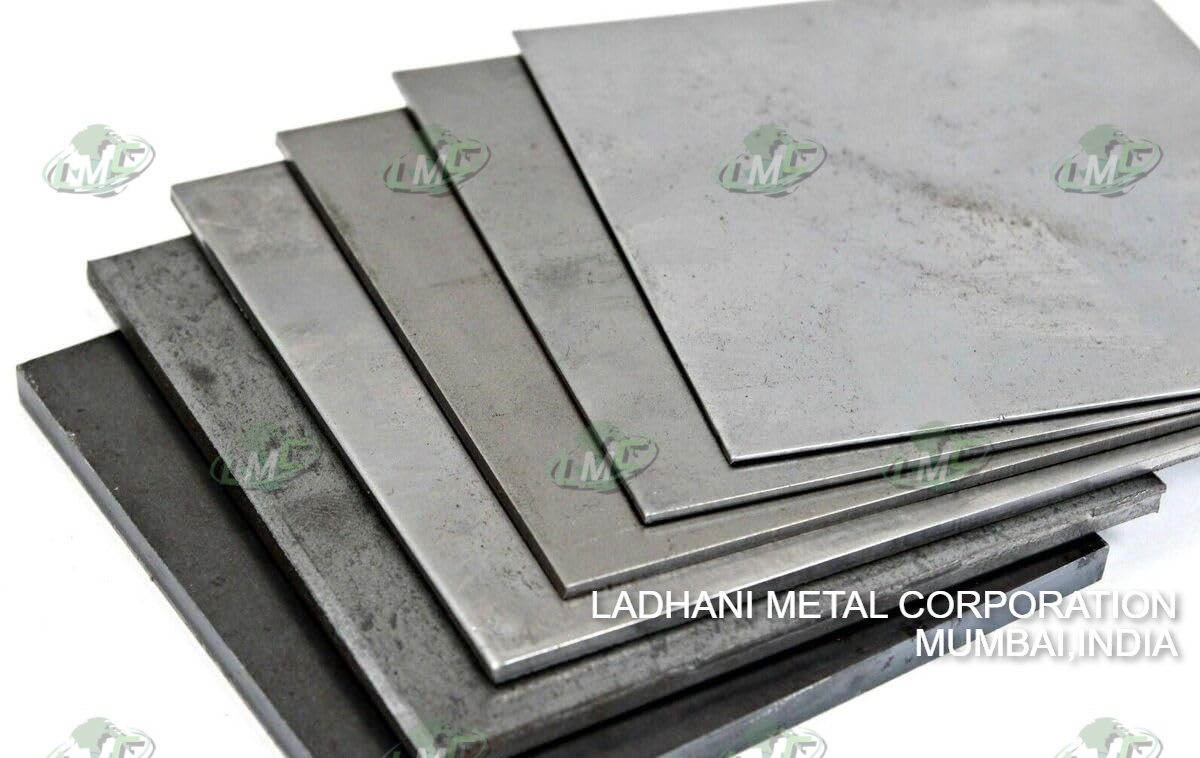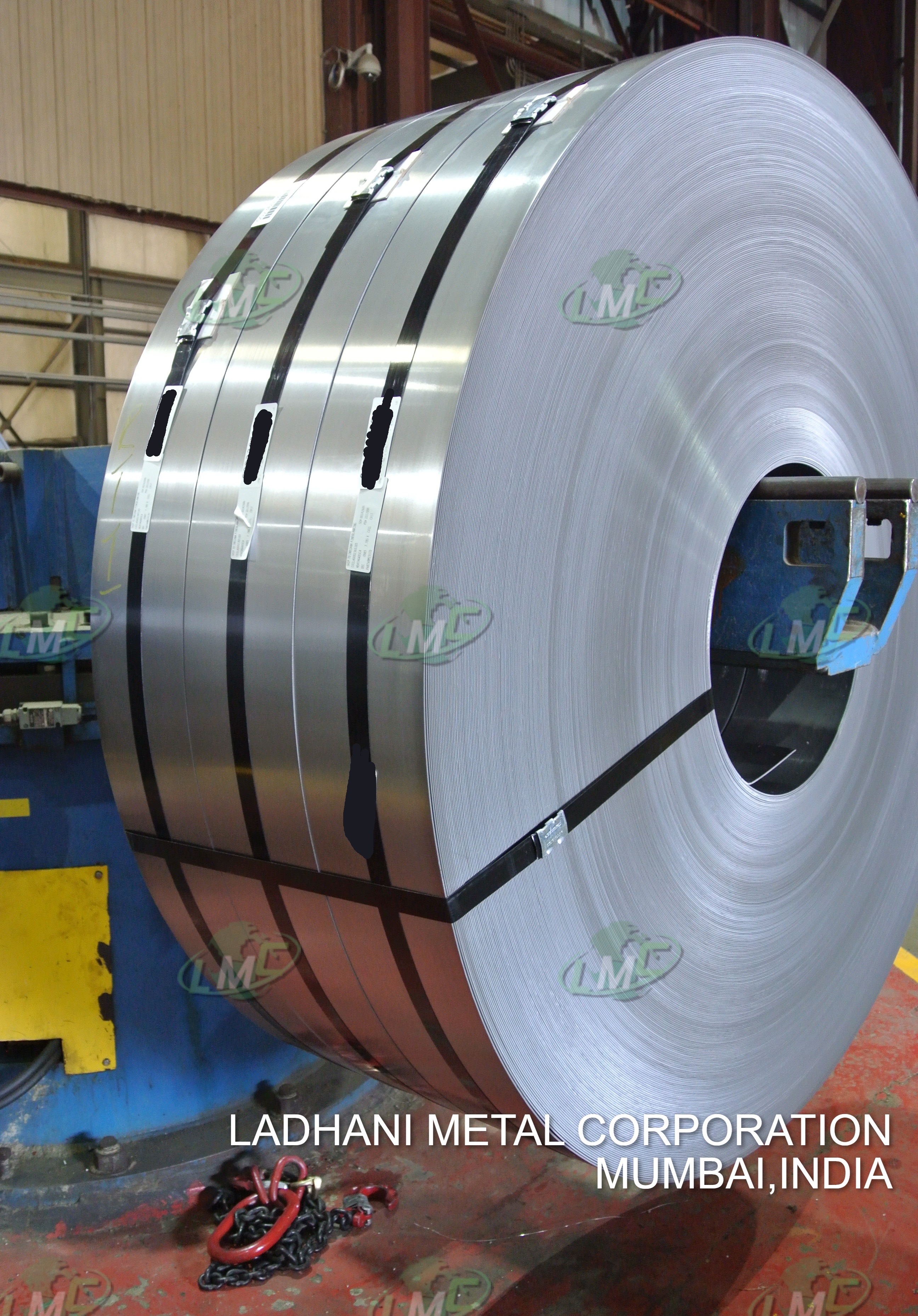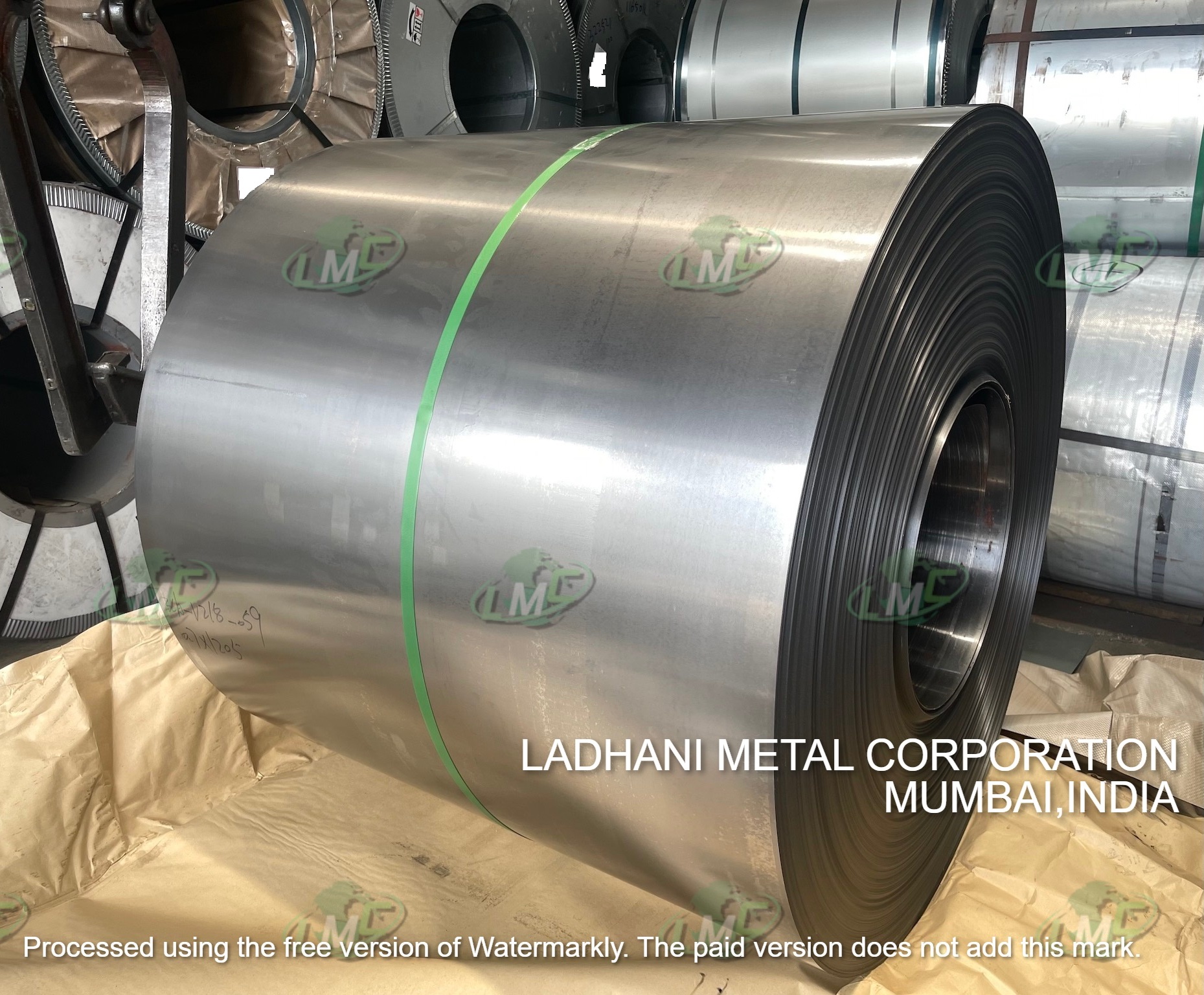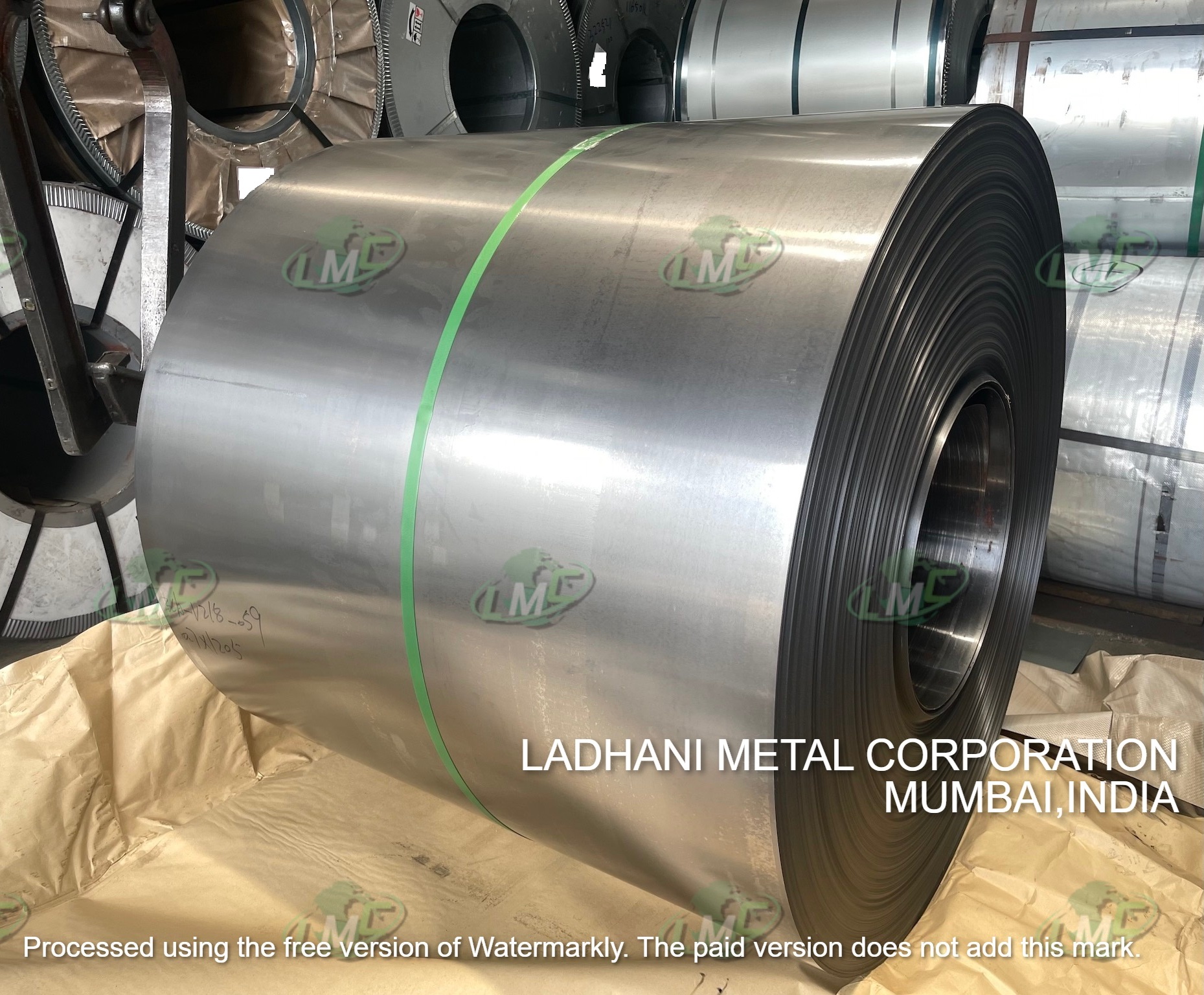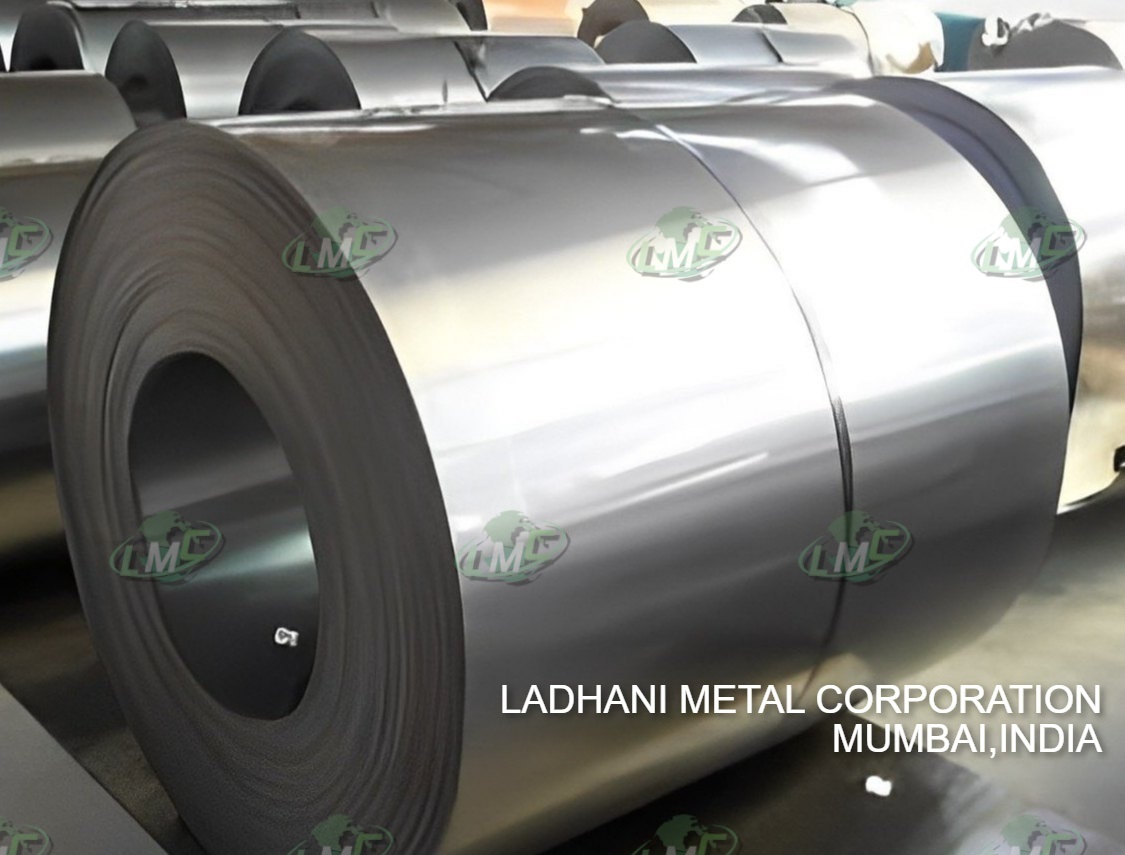Product Name: Titanium rod grade 23 Standard: ASTM F136 Material: Gr23 (Gr5 ELI) Unit Price: $30.5 usd/kg- $52.5 usd/kg Application: Medical use Shape: Round Diameter: 3mm, 4mm, 5mm, 6mm, 8mm, 10mm, 12mm, 16mm, 20mm etc. Length: 1000mm, 3000mm, 6000mm or as per your request Surface: Bright Product Introduction Product name:Titanium rod grade 23 Material: GR23 Standard: ASTM F136 Diameter: 3mm, 4mm, 5mm, 6mm, 8mm, 10mm, 12mm, 16mm, 20mm etc. Length: 1000mm, 3000mm, 6000mm or as per your request Surface: Polishing,Bright Third-Party Tests: BV, SGS, TUV etc. Grade 23 is a higher purity version of Ti 6Al-4V. It can be made into coils, strands, wires or flat wires and is the first choice for any occasion that requires a combination of high strength, light weight, good corrosion resistance and high toughness. It has excellenct damage resistance superior to other alloys. These advantages make Ti 6AL-4V ELI the final dental and medical titanium grade product. Due to its biocompatibility, good fatigue strength and lo mdulus, it can be used in biomedical applications such as implantable parts. Grade 23 can also be used in detailed surgical procedures, such as: • Orthopedic pins and screws • Orthopedic cables • Ligation needles • Surgical staples • Springs • Orthodontic appliances • Joint replacements • Cryogenic containers • Bone fixators Mechanical Properties: Grade Tensile strength, MPa (min) Yield strength, MPa (min) Elongation, %(min) Reduction of Area, %(min) Gr23 828 759 10 15 Chemical Component (ASTM B348) Grade Ti Al V N, max C, max H, max Fe, max O, max Residuals Max each Max total Gr23 Main 5.5-6.5 3.5-4.5 0.03 0.08 0.0125 0.25 0.13 0.1 0.4
Send Message

